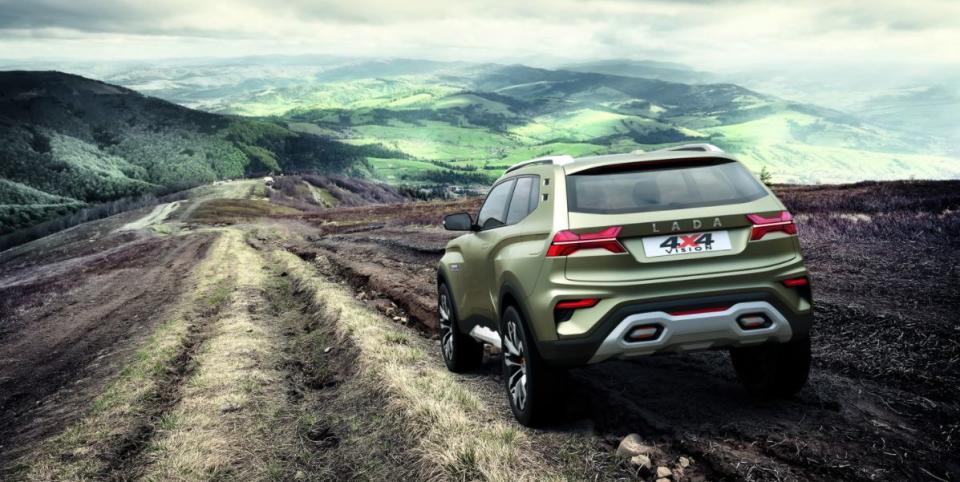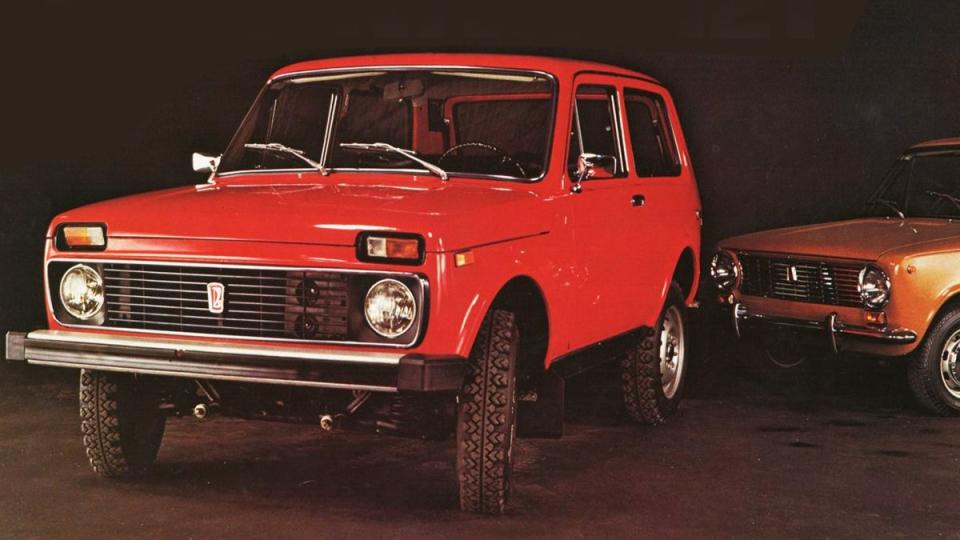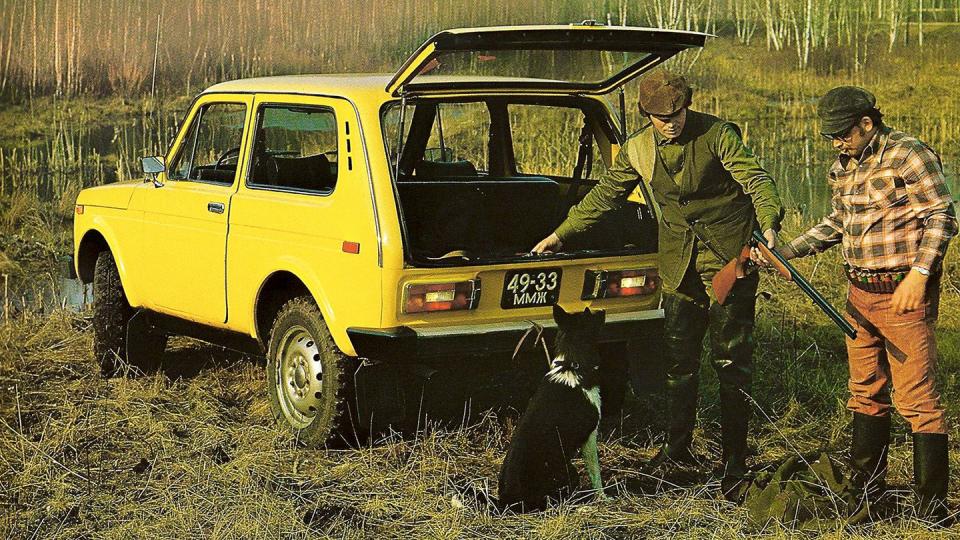Renault Brings Dacia and Lada Closer Together

Renault creates Dacia-Lada Business Unit, pairing Romanian & Russian brands.
Small Lada Niva 4x4 has been a sales hit for decades, and will see a redesign in 2024.
Renault had been able to make Dacia into an international hit a decade prior.
You might not remember the Niva from your local 1980s supermarket parking lot, but odds are some of our Canadian readers will. That's because Lada offered its small Niva 4x4 in Canada along with a few other models, making it one of the Russian brand's biggest international hits since its debut in 1977.
And pretty soon it's getting a complete redesign, one the base model had not really received since the 1970s.
The original Niva was the first model the VAZ factory produced truly independently of any Fiat design, after the USSR acquired the tooling to produce Fiat 124 sedans and station wagons in the late 1960s. A whole new city called Togliatti was built around the VAZ plant -- VAZ is an acronym for Volzhsky Avmomobilny Zavod or the Volga Auto Factory. The first few years saw some nearly-direct versions of the Fiat 124 roll out of the factory as VAZ 2101 and 2102 models. Eventually those sedans and wagons were given a few luxuries and facelifts spawning a lineup that has remained in production almost into the present day.

But the real star was the VAZ 2121 Niva, or Lada Niva as it was known in export markets and informally at home, offering a modest footprint, four-wheel drive, a 1.6-liter inline-four, room for five and plenty of off-road capability. In addition to finishing well in the early Paris-Dakar rallies, the Niva went on to be an export hit for the factory even though it was hardly updated ever since. The Niva gained a five-door variant in the mid 1990s and a few updated systems, but remained as boxy and utilitarian as it had been in the 1970s, even though Chevy at one point gave it a modernized exterior and a bowtie badge. That's right: there is such a thing as a Chevrolet Niva off-shoot with a completely different exterior, when GM held a stake in the automaker. And it's still in production, but now under Renault in Togliatti.
Fast-forward into the present day and AvtoVAZ is now part of Groupe Renault. It took a major stake in the AvtoVAZ, and it's now finally going to be brought into the 21st century with help from Romania's Dacia brand. Dacia has been Renault's international hit for the past decade and a half even though odds are you've probably never seen one of their cars either. Under the company's Renaulution strategy, (borrowing a business strategy naming scheme from Volvo's own ReVolvolution 20 years ago), Lada will be paired closely with Dacia, forming the Dacia-Lada Business Unit.

For Lada this means it's finally getting a new Niva design due to go on sale in 2024, expected to capitalize on the brand's still-potent market share in Russia, Central Asia and Eastern Europe, with Groupe Renault tech underneath.
"The idea behind the creation of the business unit is that Dacia and Lada will remain separate companies with their own brands, history and strategy, but they will benefit from more dedicated, focused and coordinated governance," said Denis Le Vot, CEO of Dacia and Lada brands. "Most importantly, they will be better integrated within the Groupe Renault system to leverage synergies."
Dacia has been a surprise hit for Renault for more than a decade now, with the small Dacia Logan lineup being produced in 10 countries under the Dacia and Renault brands. Its lineup has grown to include the Sandero hatch and the Duster SUV, as well as the Sandero Stepway pocket crossover.
More than just commanding Dacia to share platforms with Lada, Groupe Renault wants to make Lada a stronger international brand.
"AvtoVAZ will benefit from the strong synergies with the group," the automaker said in a statement. "Both Lada and Dacia range of products will be based on a very cost competitive and flexible CMF-B platform. Together the brands will produce more than 1 million CMF-B based cars annually, going from 4 platforms to one, from 18 body types to 11. The global target is to unleash the potential of Lada and Dacia, making them Full-Fledged International brands, enabling them to go beyond their current perimeter in terms of markets and segments."
This is all good news for a brand that has managed to hang on to impressive market share in a number of European and Asian countries, all while corporate suitors and low-priced South Korean competitors have come and gone. It's also about to get something close to the Skoda treatment, when Volkswagen Group bought Czech automaker Skoda a quarter century ago when it was still stuck with 1980s designs, and made it into an international star whose quality ratings rival VW Group's other brands, including VW itself. Whether Renault will succeed long-term with Lada still remains to be seen, but what Renault has been able to do with Dacia has been impressive to witness.
Sign up for comments and let us know what you think of the 4x4 concept's design.

 Yahoo Autos
Yahoo Autos 